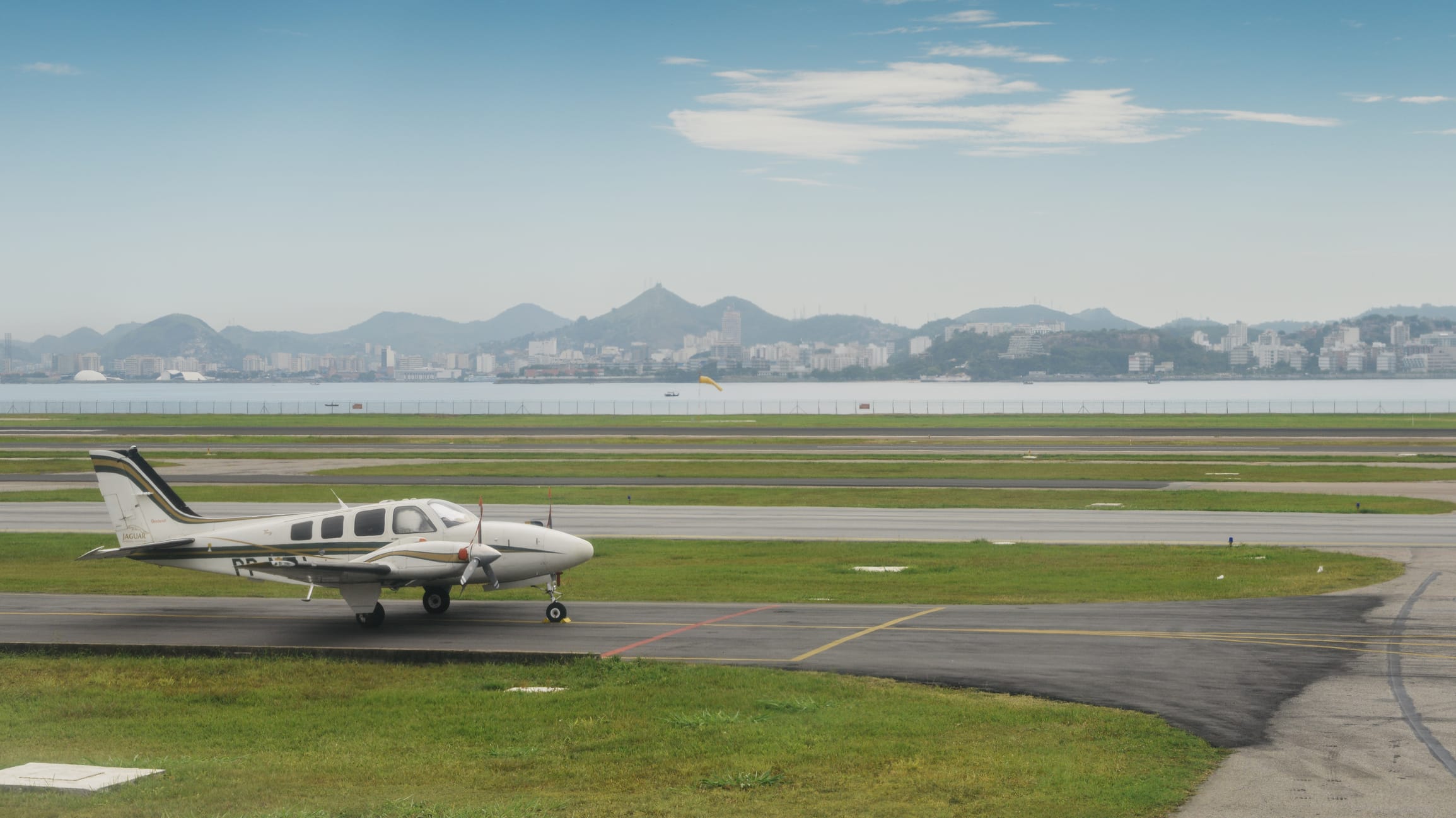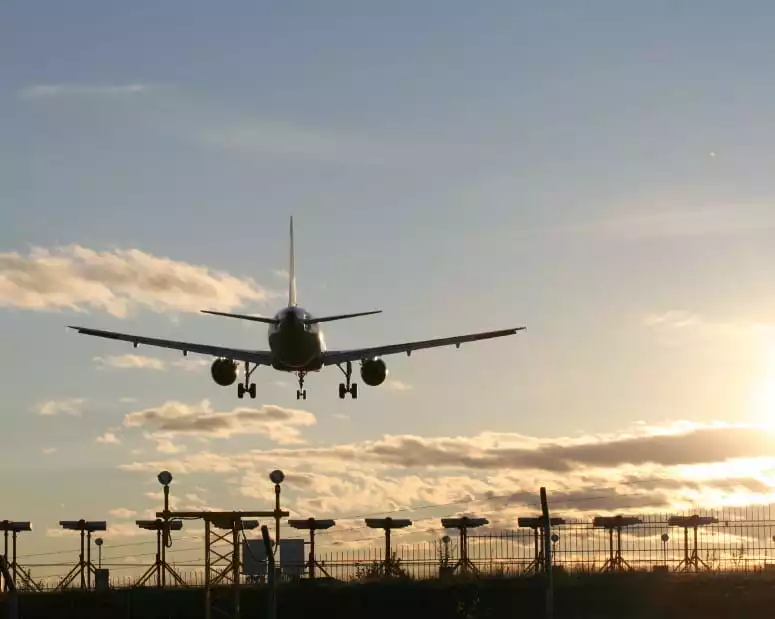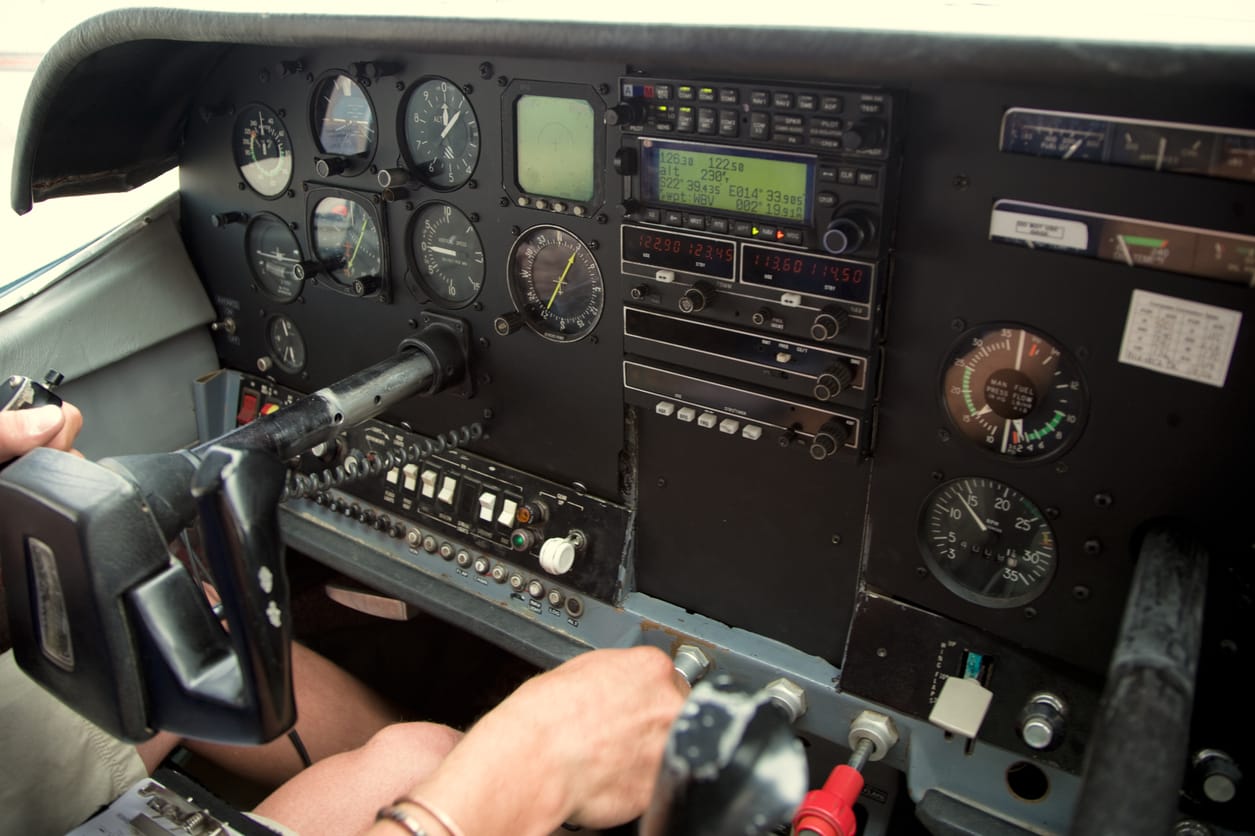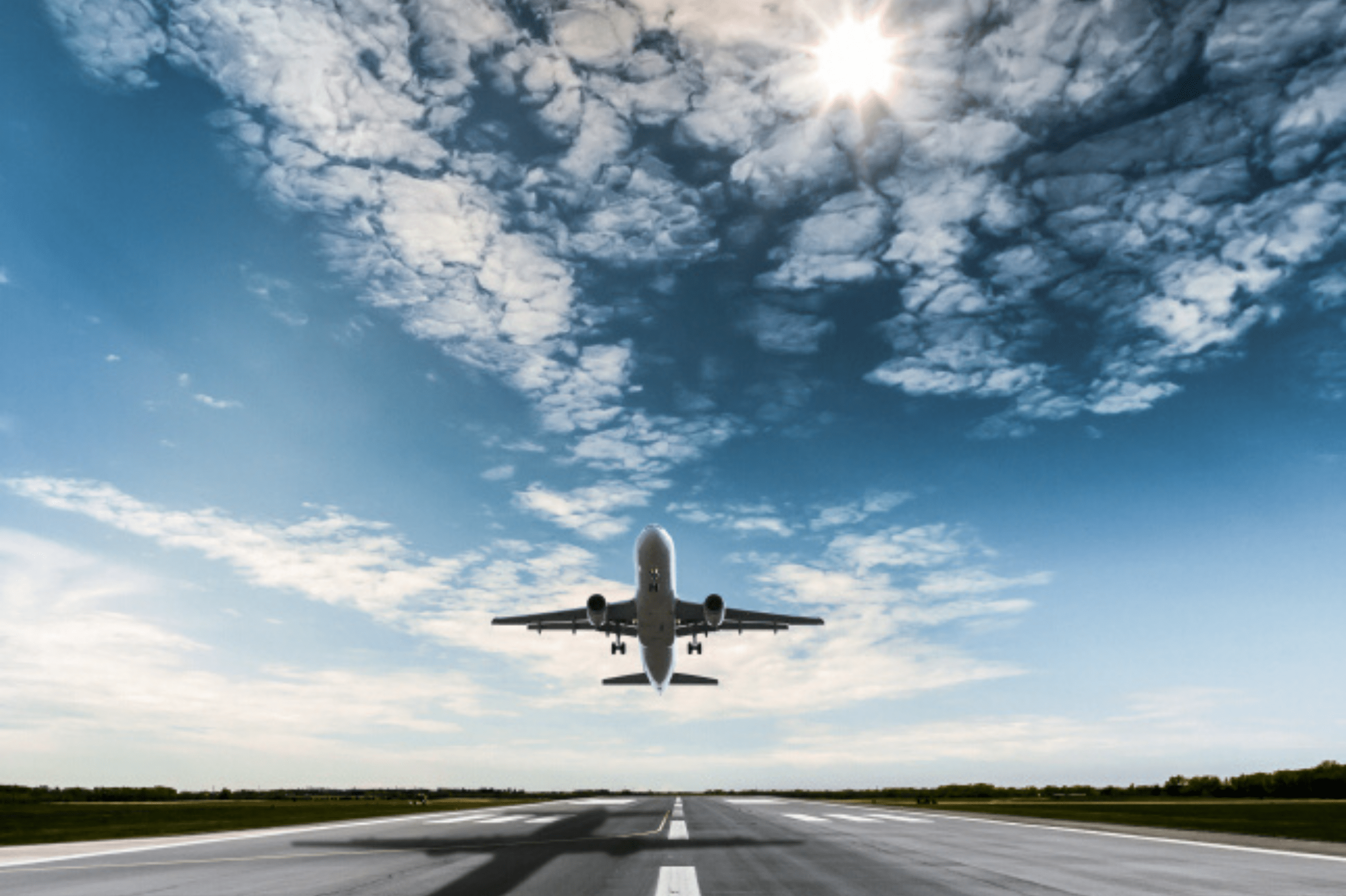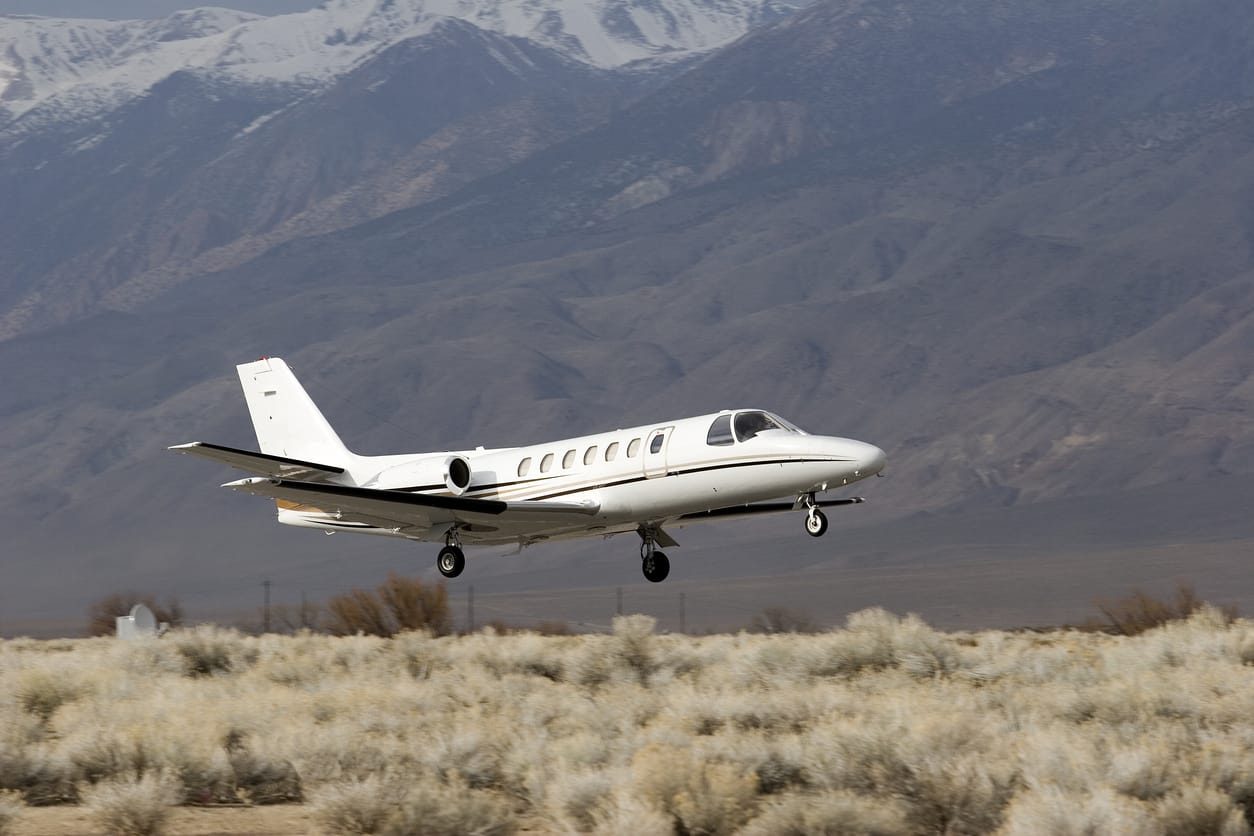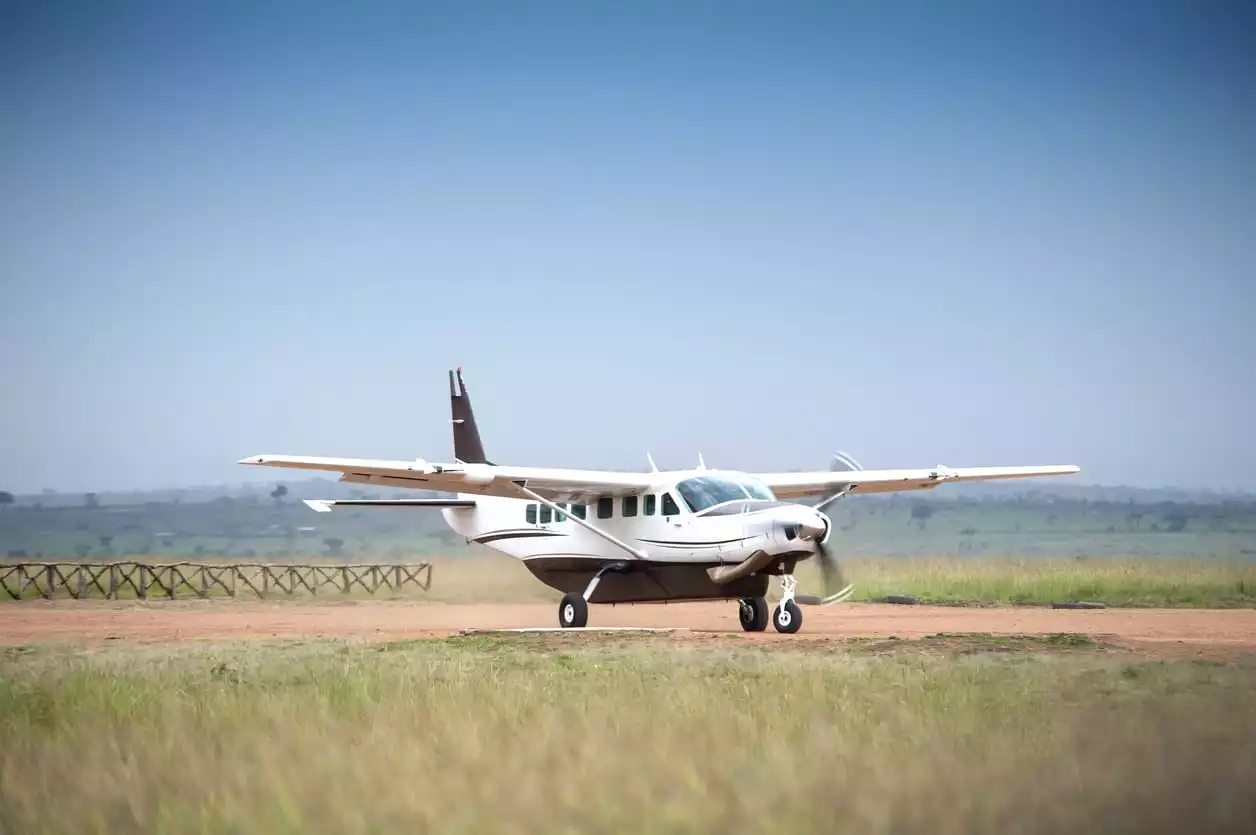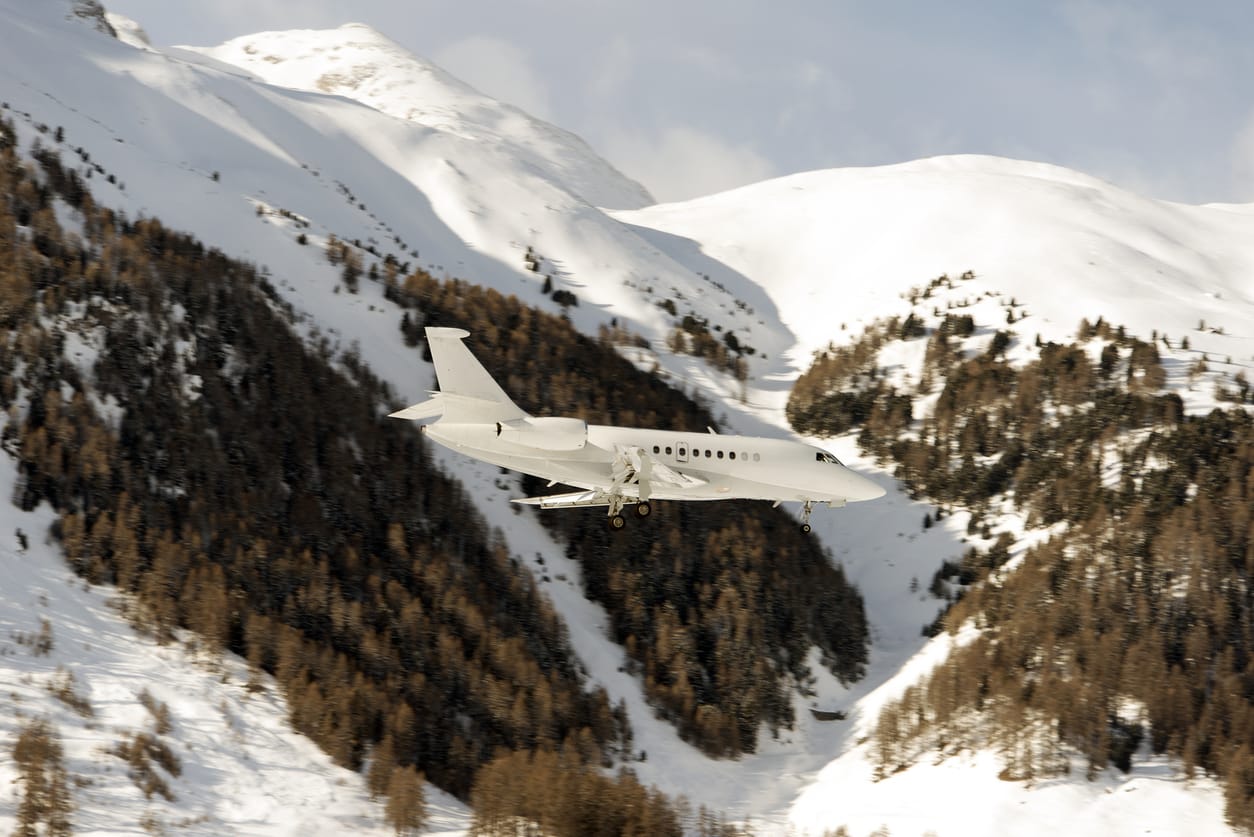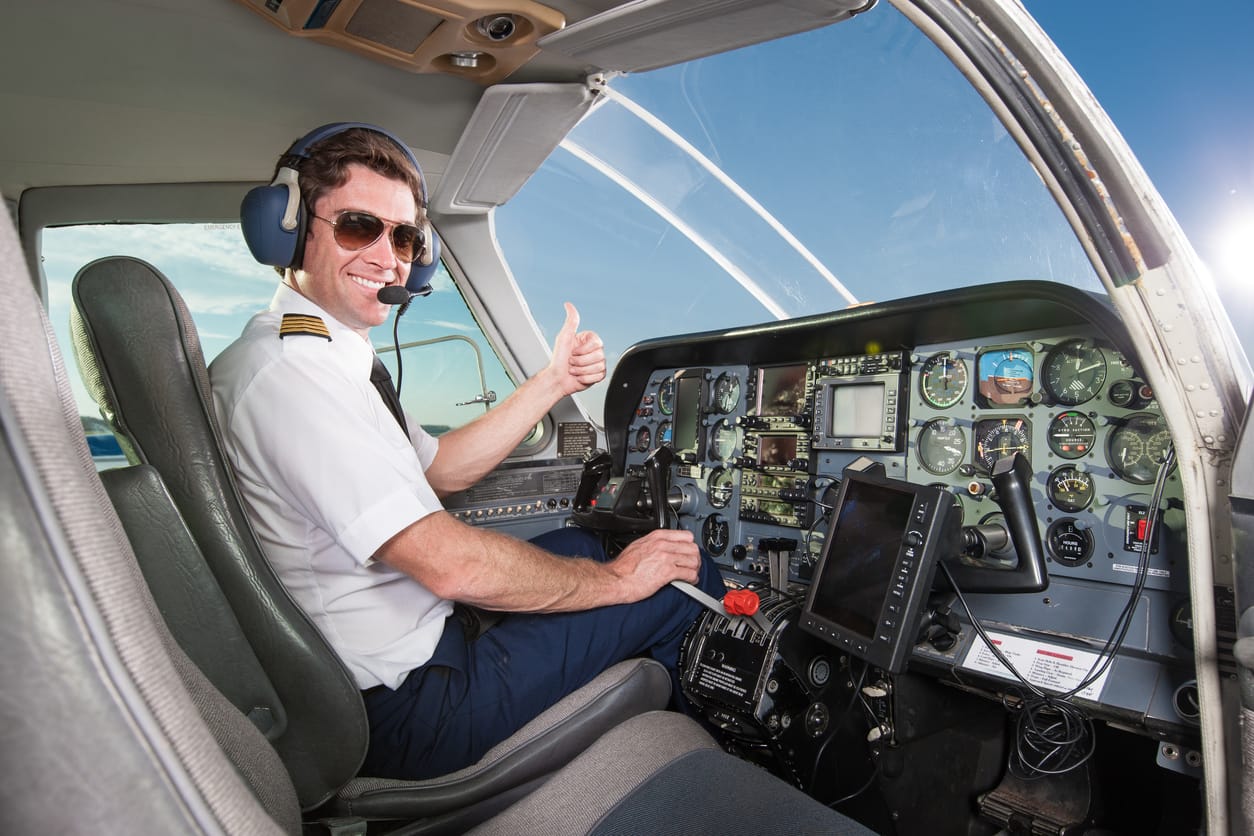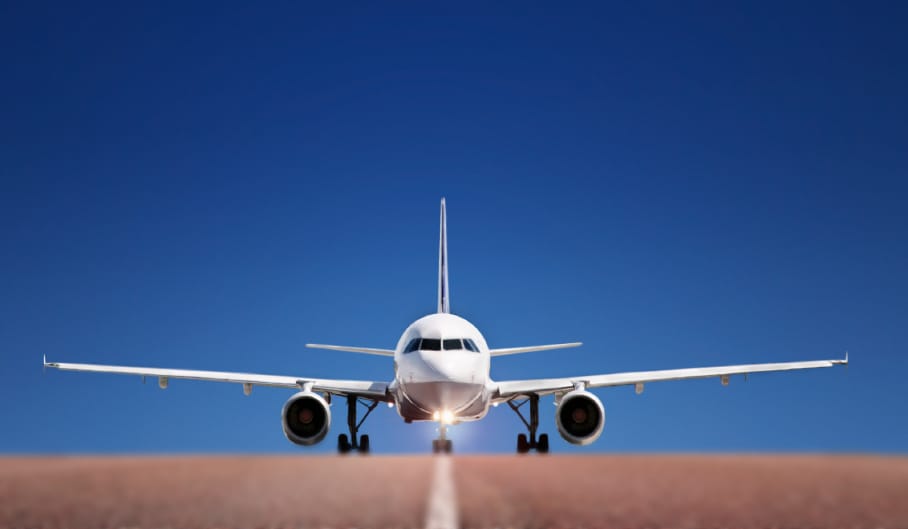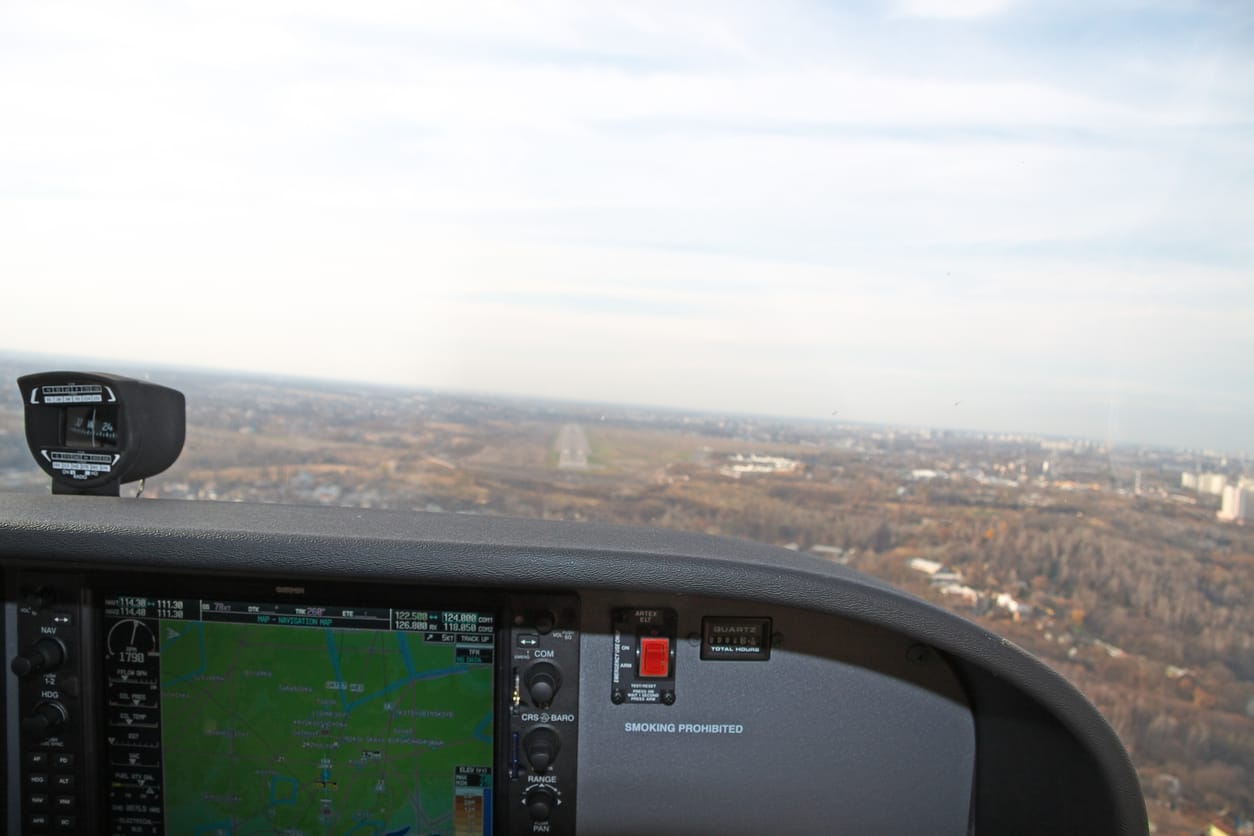A smart pilot’s departure begins long before he or she climbs into the cockpit. One of the most important aspects of becoming airborne takes place before the airplane is anywhere near the runway. Pilots must be sure to follow each step of preparing for departure carefully and with attention to detail. Doing so not only helps to ensure a safe arrival—it can save time, money, and energy by helping to eliminate potential problems before leaving the airport.
The size of the aircraft, type of runway, and total travel time should not factor in the amount of care given to prepping for departure. Even if a pilot is planning to circle in the airport pattern or practice touch and goes, the checklist should be attended to and sound judgment applied to every pre-flight.
Airworthiness
Airworthiness refers to the safe condition of an aircraft. Especially if you have not operated a specific aircraft before, even if you have flown its type many times, ensure that it is airworthy and can be operated as designed.
An airworthiness check should include an honest assessment of your own ability to safely operate the airplane. Are you tired? Are you still recovering from a late night out? Are you emotionally upset or distracted? If you think you would have difficulty concentrating on basic tasks or making decisions of any complexity, you should not be at the controls of an airplane.
Weather
Making safe and informed decisions about the weather is an important part of prepping for departure. Not only should you process information about the weather at your departure point, you must also make careful considerations about the weather you will encounter en route and at your destination. Keep in mind that weather conditions might change at a moment’s notice and that you must allow for what weather conditions will be like at the time of landing, not your departure.
In the summer months, warm temperatures can mean pop-up thunderstorms or severe cells capable of producing strong winds, hail, and tornadoes. Winter or flying to cold weather regions means remaining ever vigilant of icing conditions. Remember that even if the weather is warmer on the ground, this might not be the case at higher altitudes.
Airline pilots or those flying larger private jets might receive weather information from a flight dispatch department located at a station away from the airport. These dispatchers can help crews make an impartial decision about weather conditions. For general aviation pilots, the FAA’s Flight Service Station is an indispensable tool. Flight Service weather briefings include not only radar information, but specifics about visibility, wind, cloud tops, icing alerts, pilot reports, and updates about temporary flight restrictions (TFRs).
Flight Plans and Fuel
How much fuel will you need to safely complete your journey? This is important even if you’re not leaving the airport pattern. Someone unfamiliar with how weight and balance work might question why a pilot wouldn’t simply take the maximum amount of fuel the airplane’s tanks can hold. However, weight and weather conditions might dictate otherwise.
If your flight is over a significant distance or you are carrying a great deal of weight into a headwind, you might need to refuel, sometimes unexpectedly. Wise pilots plot out where they might land for fuel before ever leaving the ground. They will research convenient airports with fixed base operators which can meet their needs, and always have alternative landing and fueling sites in mind.
Considering a flight plan is also necessary. Planning your route and briefing fellow pilots about the most efficient way to reach Point A from Point B allows for good communication, suggestions, and guidance. Alerting the FAA to the type of aircraft you are flying, your route, proposed cruising altitude, and any special equipment helps Flight Services know where you are and how to find you.
Walkaround and Air Traffic Control
A visual inspection of your aircraft is a must. Checking the aircraft’s service schedule, avionics, electronics, and doors are basic but vital aspects of safety. Look for signs of fatigue in the airframe and control services or cracks in seams. Visually check fuel levels. Especially if you know the aircraft has experienced a hard landing, examine the landing gear and struts. Confirm that no fluids are leaking and that no foreign objects are present on the taxiway.
Once you are in the cockpit, clear and professional radio contact is not only necessary, it will help the pilots around you know of your plans if you are departing from an untowered airport. At a towered airport, the controller will provide you with such necessary information about which runway to use, where to taxi, and when you may depart.
Review and Break Potential Accident Chains
Accident chains are the conglomeration of events which contribute to an accident or a near-miss. These rarely consist of just one event but are instead a set of factor. If just one decision had been made differently or one factor altered, potentially deadly outcomes could have been different.
Any pilot should be prepared to break an accident chain at any time. The best time to do this is before starting the airplane or contemplating any movement of it. Often an accident chain contains stops along the departure process. Ask yourself honestly if this departure is as safe and well-judged as you can possibly make it. Was the checklist rushed? Is the weather iffy? Has anything changed? Was a chronic maintenance problem overlooked?
You may have heard the terms “get-there-itis” or “get-home-itis.” This refers to a very human tendency to brush over problems, bend judgment calls, or make biased decisions based on pressure (either from yourself, an employer, or a passenger) to depart when you might not otherwise on the final leg of a journey in order to reach a destination. If you suspect that you are operating under “get-there-itis” or “get-home-itis,” stop and review your departure procedure, cross-check with a crew member, or, better yet, consult with another, more seasoned pilot whose judgment you trust.
Ready to soar in your aviation career?
Mr. Matthew A. Johnston has over 23 years of experience serving various roles in education and is currently serving as the President of California Aeronautical University. He maintains memberships and is a supporting participant with several aviation promoting and advocacy associations including University Aviation Association (UAA), Regional Airline Association (RAA), AOPA, NBAA, and EAA with the Young Eagles program. He is proud of his collaboration with airlines, aviation businesses and individual aviation professionals who are working with him to develop California Aeronautical University as a leader in educating aviation professionals.
